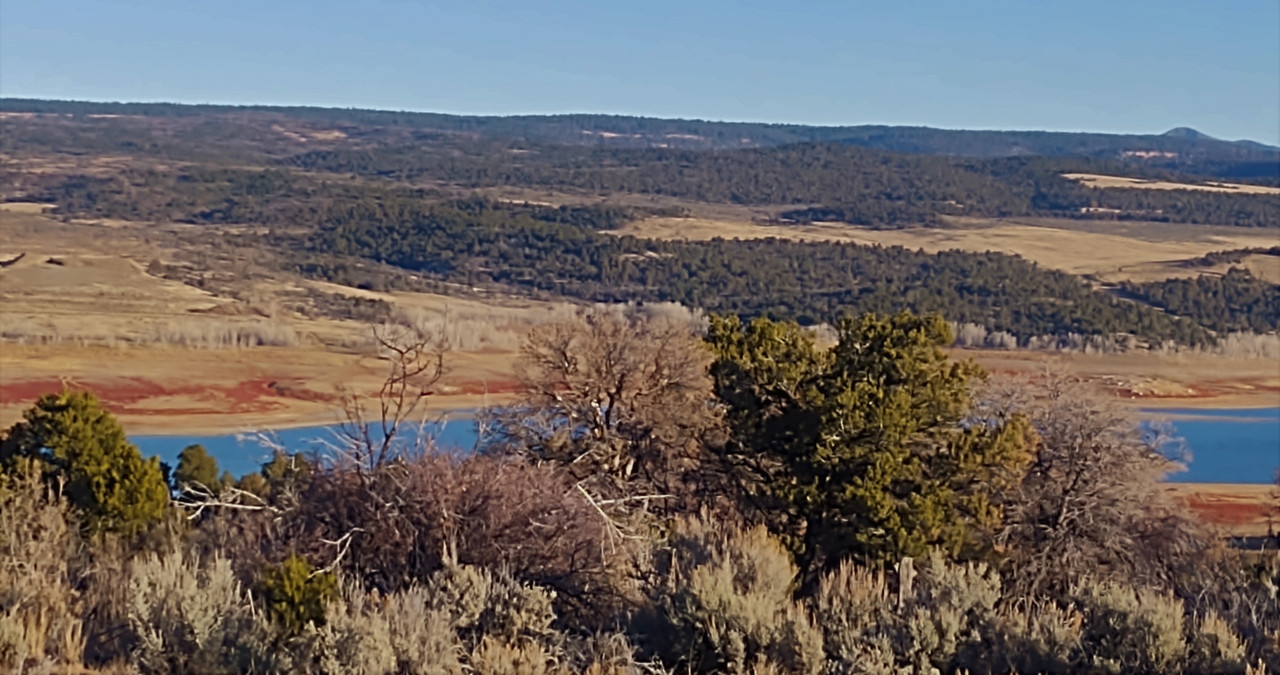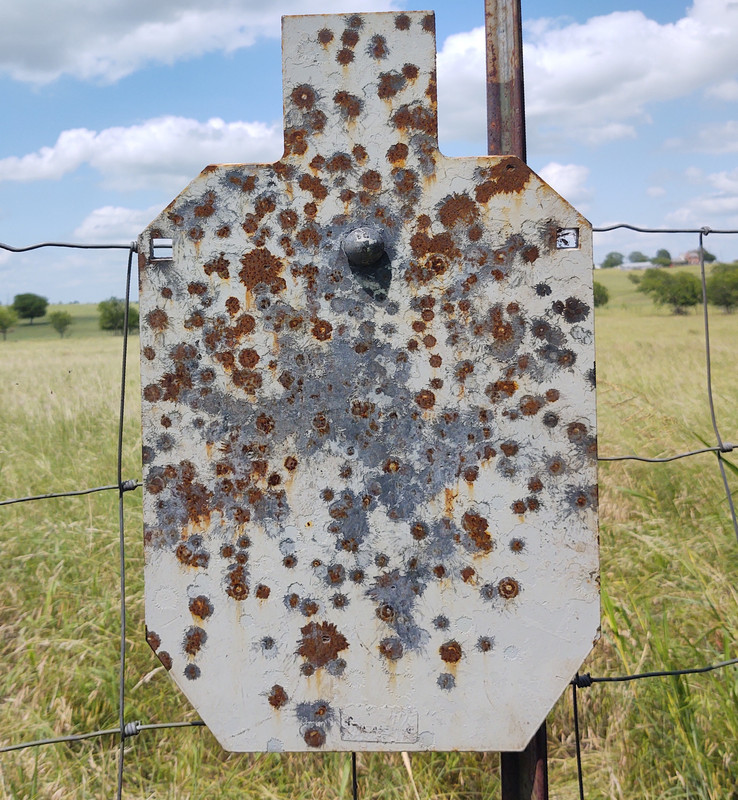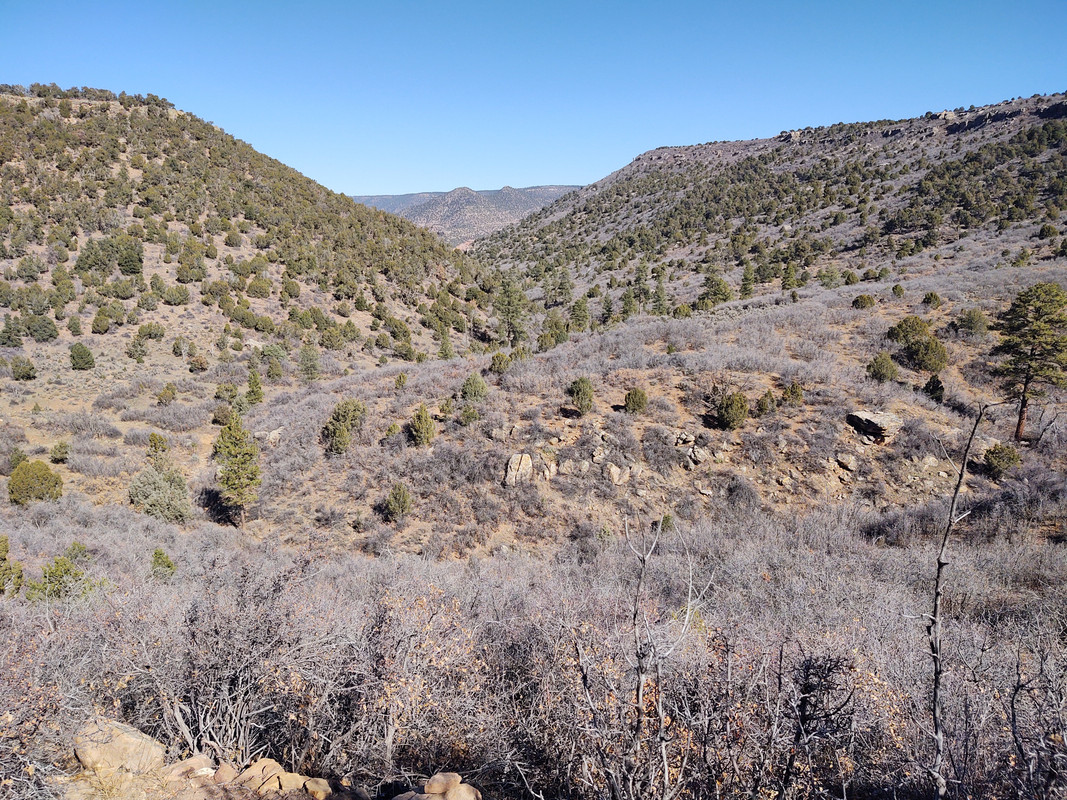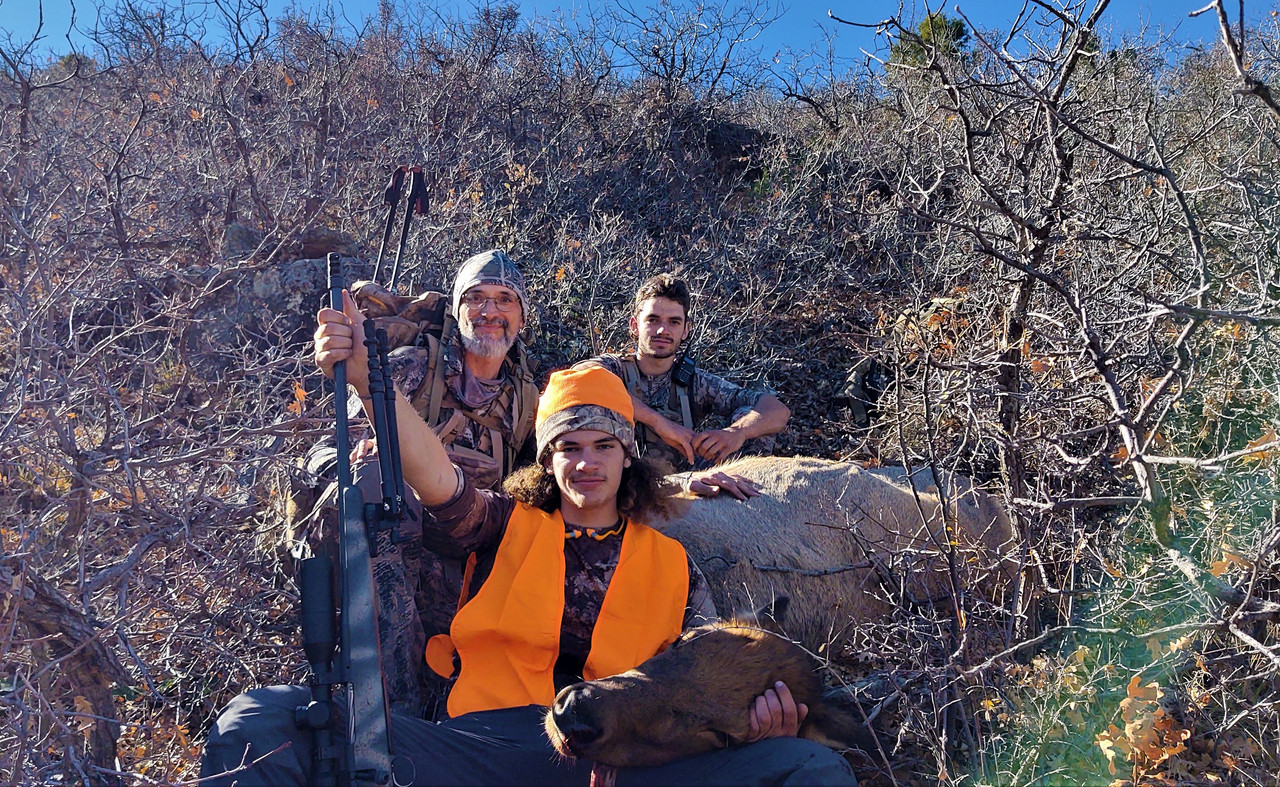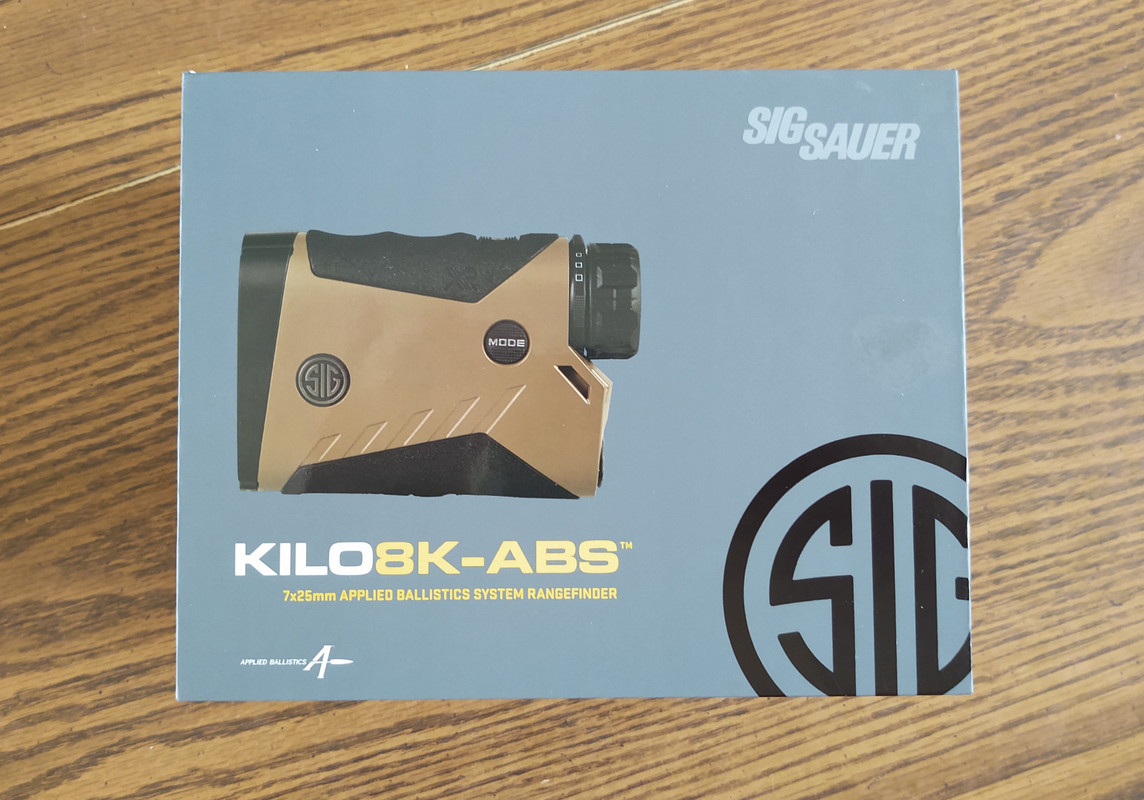
Introduction
A few years back, Sig made quite a splash with the release of their 2400 ABS CRF. It boasted ranging capabilities that were impressive for its time, if not class leading, but its real competitive advantage was its internal full Applied Ballistics suite, which made it arguably the most capable CRF in this regard.
The follow-up CRF to the 2400 ABS, the 2400 BDX, added Sig's excellent BDX capabilities, but just as significantly, Sig enabled a connection from the CRF to a Kestrel with AB, allowing the ballistic work to be done by the Kestrel's more sophisticated environmental and wind sensors. It then displayed the appropriate wind and elevation information into the RF. The connection is fast and secure, and allowed shooters to have some capabilities that the ABS system lacked. However, the BDX gave up a few things as well to the ABS, like moving from full AB onboard to AB ultralite, while also losing the onboard environmentals, which now had to be supplied to the CRF via connection either with a Kestrel or through the app. So while the 2400 BDX was a formidable and capable addition to the 2400 line, both the ABS and BDX had things the other unit lacked and, indeed, both continued in the catalog at different price points.
If there is one thing Sig's RF catalog can be counted on for, it is fairly fast iterations of their lines, with an eye towards new offerings that the market has indicated that they are interested in. So enter Sig's most recent line-up change in their CRF line, which are particularly interesting on the upper end. The KILO8K-ABS, the subject of this review, is their new flagship CRF….and the new bino RF, the KILO10K-ABS, the successor to the 3k BDX, which I am currently reviewing, and will write about later this year.
As I have had the opportunity to test many of Sig's RF's, I was hoping to get a chance to see how their line was moving along, so I was pleased to get the 8k just in time for season last fall and have had quite a bit of time with it to get into what the new features bring to the table. Beyond an expected increase in ranging, there are a lot of additions and none of them, in my opinion, are 'fluff'. While some are a combining of well-regarded capabilities from the previous lineup, others are new and innovative. There is a lot to cover, in fact, too much for any review of reasonable length, so I'll have to skip over some of the (in my opinion) less important features and also skip over the carry-over stuff like how BDX works etc., in order to focus more on the improvements and performance. For information on the BDX system, take a look at my review of the 2400 BDX, where I go into more detail.
What's in the box
Before we jump into the more important performance stuff, we should look at what Sig has done in terms of the whole package with the 8k. It comes very well accessorized, including a Weatherflow wind meter which can be used to measure windspeeds, a pouch to protect and carry the unit, a mount to allow the RF to be attached to a tripod, and a small but well made bag to carry it all in. One note on the pouch, it is well made and really nice, but unfortunately, utilizes a magnet for closure, which Sig has found to interfere with the internal compass at times. Since I received my unit, Sig has replaced the pouch with a new design that does not use a magnet, but I have not seen that pouch as of yet.
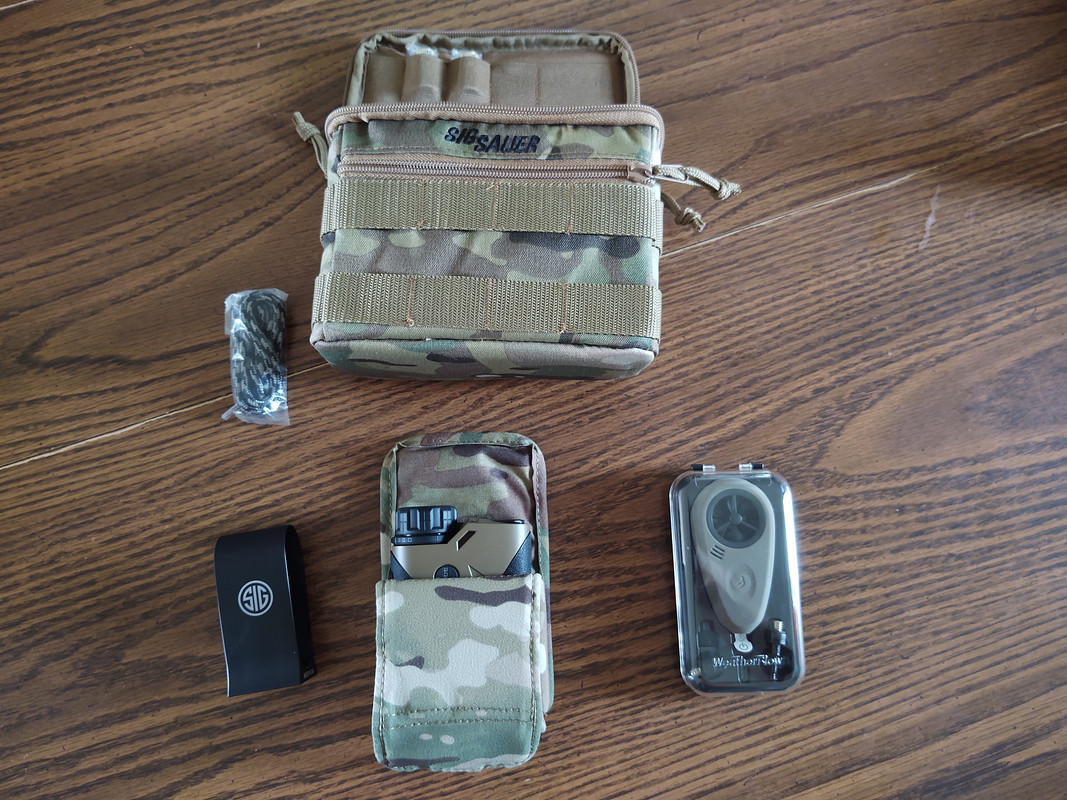
The Kilo 8k comes very well accompanied. The kit even includes extra batteries in the heavy duty carrying case
The first thing to note is that with the new lineup, Sig has changed their naming convention. In the past, Sig and Leica kind of went their own way on this, with the 'number' in the model name really describing expected performance on standard targets like trees and rocks etc. So realistically, the 2400 RF's could be counted on to hit these kinds of targets in most situations out to at least 2400 yards, and generally, I found this to be fairly accurate, depending on conditions. Leica tends to follow this same naming convention, but most other RF's offerings are giving you the reflective distance under ideal conditions. Starting with this refresh, however, Sig has switched to the prevailing naming convention. So no, the 8k will not range 3 times as far as the previous 2400 series on the same targets, and frankly, I expected a very incremental improvement in ranging. However, that turned out to not be the case. There are 3 legs that control RF performance, one being software, one being the power of the laser, and the third being receptor size, which is the aspect that has made my 3k BDX my strongest RF by quite a margin to date. In the 8k, I knew Sig was using a new class 3 laser, which Sig told me would improve ranging from their previous 2400 series CRF's, but the degree to which, I was left to test on my own. In terms of accuracy, I expected a lot vs the 2400 series RF's, considering the sensor divergence and shape is improved. The 2400 series RF's had round sensors that had a divergence of 1.3 MRADs, whereas the new 8k has a rectangular sensor (wider than tall) with a divergence of 1.2 wide by .25 tall MRAD's. The orientation of the sensor is important to note, as it definitely effects performance. With a very 'short' .25 MRAD sensor, you are much less likely to reflect of off foreground or background objects. Sig is not the only one to use this orientation, Leica and Gunwerks being two others that shape their sensors in the same way, but it is good to see Sig adopt this performance design into their flagship CRF to improve target accuracy.
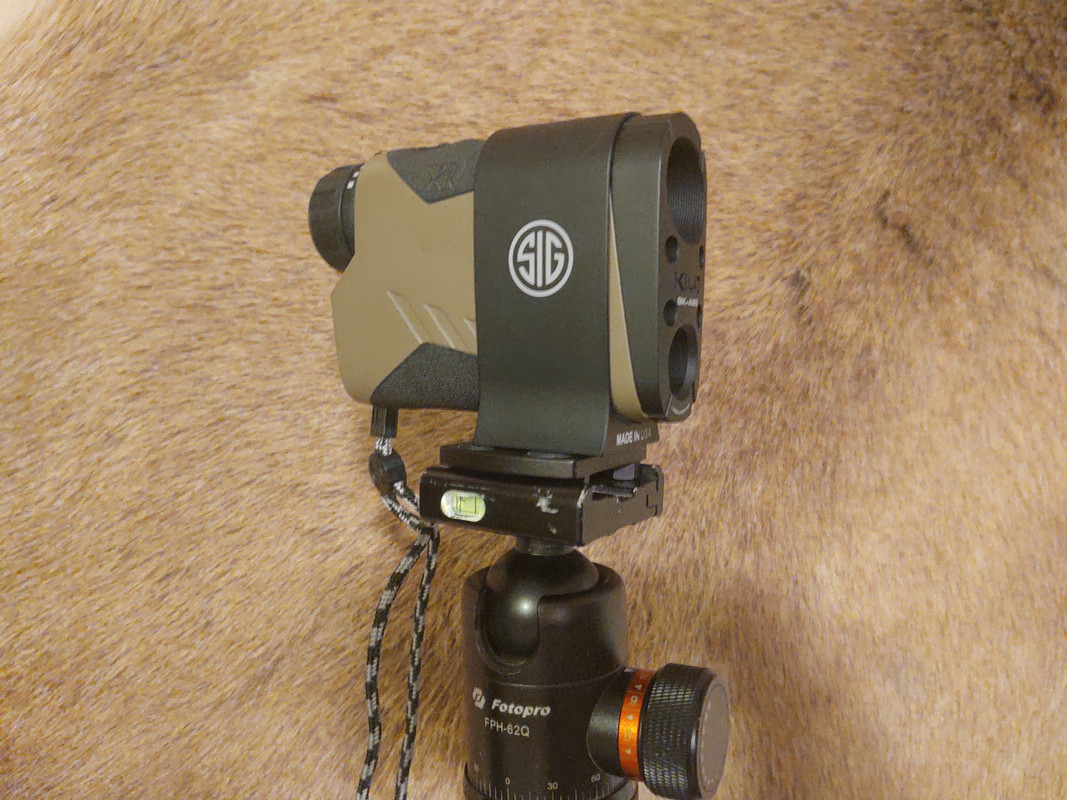
While I wish a tripod mount was integrated into the case, Sig does at least include an external tripod mount with the 8k
In addition, there are a bunch of new ranging modes that were not present on my 3k, including a fog mode and an XR (extended range) mode. So when I really decided to test it out and try and stretch it's legs, I switched it to XR to see what would happen. Two things occurred. First, it was a little slower to range, which was to be expected because XR mode prioritizes ranging by taking more samples in order to increase the capability of the read. It was not slow, in fact, it's still faster than my non-Sig RF's. But Sig RF's have always been unusually fast in my experience, and the XR mode slowed it just a bit. Re-range is unaffected, but the time from push to display is just a fraction of a second longer.
What I got in return for a couple of 10ths of a second in wait time and more battery drain, was the second thing, increased ranging capability. Very much increased. As always, targets and conditions are not directly comparable, such that you really need a known RF to test against, so keep that in mind. But basically, I found that the 8k could keep up with my 3k 100 percent, and if I had to give one the edge over the other, I'd have to give it to the 8k. This despite the 3k's dramatically larger receptor. I started with the water tower I always test on at 3500 yards. Its large and white, so not much of a challenge in a sense, but of all my RF's, only my 3k can hit that under a partly cloudy sky…but the 8k could do it. I hit several sets of trees at my house that are not much over 2k, but none of the other RF's I tested could hit them in full sun except the 3k, but the 8k read them. But the real impressive numbers started racking up while elk hunting in Colorado. We were up there a month, so I had a fair bit of time to test on all types of targets in various conditions. I won't go through all the details for obvious space and time reasons, but the farthest 'real' target I hit was a cedar covered ridge, 12 minutes after sunset at 5760 yards. This was done simply leaning on a post, no tripod, and not just one time, on 'one spot', or on one day, it was completely repeatable. In addition, there were numerous readings at 3000-4800 yard distances under other circumstances at other targets. In some of those situations, I believe I could have ranged farther if I was not already reading off the last ridge (ie, the next ridge was well off into the distance).
To test the 8k on steel, I setup a 2/3 IPSC target which measures 12x18 on a post set on the top of a rise so that false positives from the background or foreground would be obvious. I ranged in full sun, planning to return in lower light to see how far it could really stretch when not blasted by the mid-day sun during a Texas drought. However, I never got back out because the 8k maxed out the distance I have available to me on the ranch, even in mid-day full sun. So there was nothing left I had to challenge it. What it's maximum on that plate is, I can't really say for certain, but I was able to range the plate at 1160 yards. I am fairly certain it would go farther still, having hit telephone poles at 1430 yards without a tripod mount. Overall, it's general conditions ranging has been excellent.
While I have had the 8k thus far, I have not had a lot of inclement weather testing opportunities, which is unfortunate because it has a fog setting that I'd really like to wring out. However, in the two situations where there was significant enough weather to test, I did not really see a difference when switching from XR to fog. Basically, in either case, if I could make out the target clearly with my eyes, it would range it. And in all the testing, I only got one of the false readings you would expect to see, where the range returns as 50 yards or so on something clearly much farther. While that was while using the XR mode, it was only one time out of probably 50 ranges. So maybe it would make a difference in fog or snow, I am not sure, but I was not afforded the opportunity to test in that kind of weather, only in very heavy rain.
To summarize the 8k's ranging power, it's a hammer. Like all rangefinders, it does better as the light goes down, when I was able to range well past 5000 yards on trees. In full sun, that range fell dramatically, but still held up on trees at over 3000 yards, with a few situations breaking 3700. Again, all conditions are different, and not all trees are the same, so to put it in a comparative perspective, it kept pace with my 3k and easily outpaced my Leica 2800. But as good as the ranging is, the real news, once again, is about the tech inside, and what parts Sig brought together into one device to make that data and all that power useful.
Ballistics
One of the key changes with the 8k is Sig's integration of the full AB suite internal to the unit. Users of the 2400 ABS will note that this is nothing new, and they would be correct. Users of the 2400 BDX, however, will see this as an upgrade, as the BDX had only AB ultralite and , therefore, a limit of 800 yards for shooting data, unless a kestrel connection was utilized. The 8k is essentially a combination of the two. You get full AB onboard, full environmentals, an onboard compass, and ballistics solutions to the maximum that the RF will range, just like the ABS, while retaining the Kestrel connectivity and BDX capabilities of the BDX series. You now have maximum choice in how and what you want to use for your solutions, whether that is to rely on the internal environmentals and ballistics engine, or to offload it to a Kestrel (or Foretrex), and utilize the Kestrel's expanded feature set and own environmental sensors.
Temperature
One issue that has caused some issues for rangefinders with internal environmentals has been temperature drift. The extreme example would be if your RF was in your 75 degree truck, and you suddenly took it outside in 10 degree weather to setup a shot. When you took your reading, your hold would come back calculated for 75 degrees because it takes a while for the internal temperature sensor to catch up to the change. Some manufacturers will tell you it can take as much as 30 minutes for this to happen. And while the truck scenario is perhaps not so common in the real world, this same phenomenon can occur when the RF is kept close to the body (to retain battery power in deep cold, for example), sits out being warmed in the sun, or even just in your hands for long periods. It warms up and won't react to the change in temperature for a while. In many cases, the discrepancy won't make much of a difference, but if you get a combination of a very large temperature difference and very long shots, it can matter. All units, including Kestrels, will experience this to some degree. The Kestrel has an exposed sensor and a procedure for quickly clearing the temperature and also allows you to lock the reading (or set a manual reading). The 8k does not have the capacity to 'clear the sensor' and take a fresh reading, as the sensor is buried inside the casing, but it does allow you easy access through the menu system to set a locked manual value. For most situations, it's probably not necessary, but it does come in handy for some people under particular circumstances and I'ts great that Sig thought this through and provided an easy to utilize solution.
Wind
The 8k offers 3 solutions for supplying wind information for your ballistic solution. It has a pretty fast and easy to use wind-value section onboard where there are selections for windspeed and wind direction. For direction, it's a simple clock and arrow that allows you to select the direction the wind is coming from. You can access these selections through the regular menu or get to them via the quick menu by holding down the range and mode buttons simultaneously. That will take to you a menu with two choices, one for wind and another for quick bond. Selecting wind allows you to set speed and then immediately set direction and you are good to go. While this is not quite as fast or easy as the wind system on the Vortex Fury AB, with its dedicated buttons etc., it is still pretty quick and intuitive to use.
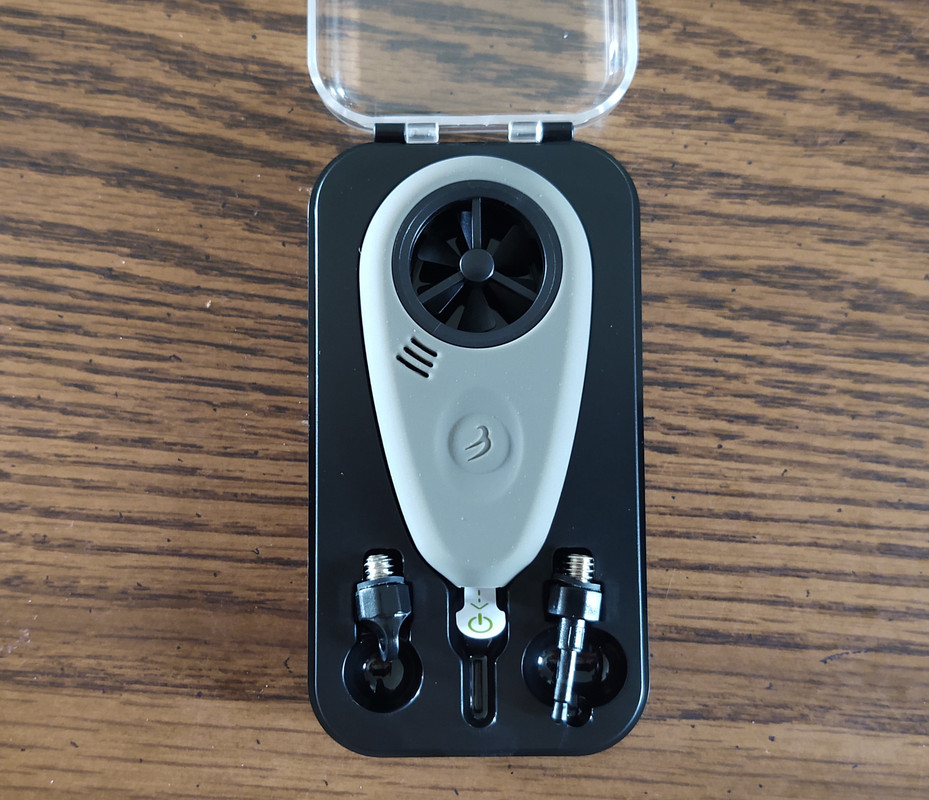
While not as capable as a Kestrel, the Weatherflow can still be useful in measuring windspeed at the shooter's location
As mentioned, the 8k also comes standard with a Weatherflow wind meter that can be used to measure windspeed for your ballistic solution. In use, it is very simple. Once you have paired it to your 8k through the app, going forward, you just turn on your 8k and hit the power button on the Weatherflow. You will then see an icon for the Weatherflow in your RF display and you don't need the app after the initial pairing. The Weatherflow does not provide any directional information, but it does feed windspeed directly to the RF, overriding the onboard windspeed preset. You will still need to set direction manually however, either through the 8k's internal wind system, or through the app.
Additionally, of course, you can also connect the RF to a Kestrel and allow it to handle the wind and all the other environmental conditions.
Kestrel Connection
Like the 2400 BDX, the 8k can connect to a Kestrel to make use of its expanded features. I won't go into detail on the connection, again, check out the 2400 BDX review for more details, but it's pretty simple and very solid, just as it was on the 2400. One change, however, is around timeout functions. Unlike the 2400 BDX, the 8k will not go into sleep mode while connected to the Kestrel. As long as the Kestrel is running, it stays on. However, when the Kestrel times out, the 8k will as well. And all you have to do to reconnect them is turn your Kestrel back on, and the 8k will come on as well and they are connected. Like the 2400, it is very fast and I never had a dropped connection or a failure to reconnect.
One thing to note, and that is that direction of fire (DOF) is not sent over to the Kestrel from the onboard compass. So to get as accurate as possible a solution, you first have to set DOF manually on the Kestrel followed by wind data, before you range with the 8k. At first, I found this a bit disappointing, until I thought about the workflow on a Kestrel. Kestrel logic requires you to set DOF first, then take a wind reading which is relative to your previously set DOF. If you set or change DOF after taking a wind reading, your wind heading will be wrong, because wind direction does not automatically recalculate heading based on a DOF change. In short, you have to set DOF first, followed by wind heading. As the Kestrel sends your solution to the 8k at the moment of ranging and does not update the CRF if you make subsequent changes on the Kestrel (like to wind direction), the Kestrel needs to know DOF and wind direction (in that order) before ranging so it can properly calculate the effect of the wind on the solution that it will send to the CRF display. So in short, despite my first impression, I realized sending DOF from the 8k is pointless.
Last edited:


